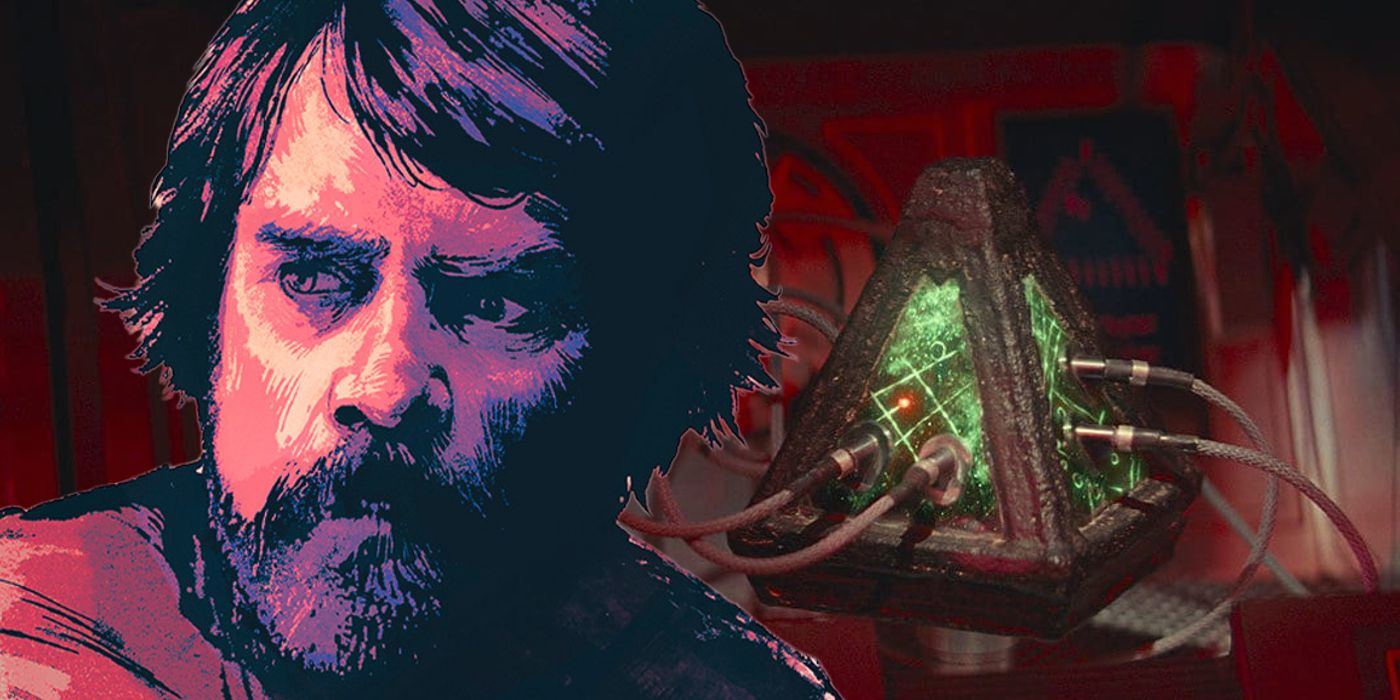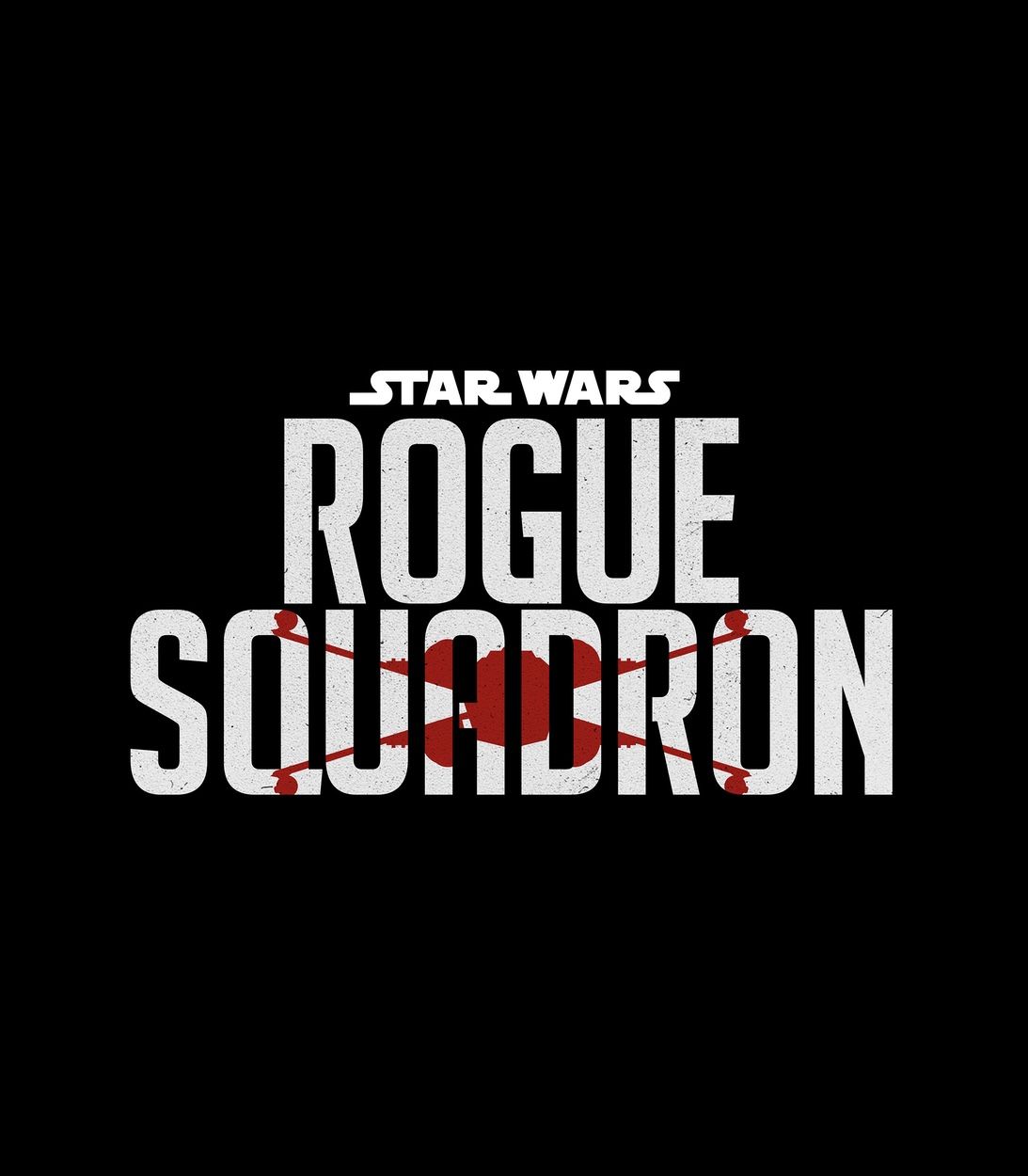Star Wars has finally explained how the Sith wayfinder in Star Wars: The Rise of Skywalker really works. The Star Wars sequel trilogy came to an explosive conclusion in Star Wars: The Rise of Skywalker, with the mysterious resurrection of Emperor Palpatine. The Dark Lord of the Sith had been raised from the dead on the planet Exegol, an ancient Sith redoubt on a Force vergence where the boundary between life and death is unusually thin.
Luke Skywalker had sought out Exegol some years earlier, when he first became aware of a growing dark side presence in the galaxy. He'd learned there was only one way to find Exegol; namely, to discover an ancient Sith artifact known as a wayfinder. When plugged into a navicomputer, the wayfinder allowed a ship to make the precise hyperspace jump to Exegol. Unfortunately, Luke never discovered the Sith wayfinders. Had he done so, he'd have stumbled upon Palpatine's resurrection, and the history of the galaxy could have played out very differently.
Adam Christopher's novel Shadow of the Sith finally explains how Star Wars' Sith wayfinders work. The book is set before the sequel trilogy and tells the story of Luke's quest for Exegol. As he studies the Sith wayfinder, he deduces that it is a lot more complex than it looks. There are remarkable similarities between a wayfinder and a holocron, leading Luke to theorize it was the ancestor of the holocron. "If the holocron was a multipurpose data store, it seemed logical that it evolved from the wayfinder," Luke concluded, "the product of a more primitive, but no less powerful, Sith technology. It was also logical, therefore, that if the holocron could contain multitudes of data, so too the wayfinder might contain not just coordinates and star charts but entire routes and networks, along with the means to decode them, allowing the used to pilot along plotted routes, paths leading to uncharted regions and hidden parts of space." Luke considered the wayfinder through the eyes of both a pilot and a Jedi, and correctly deduces how it could be used to navigate Star Wars' Unknown Regions.
Previous Star Wars tie-ins have established that wayfinding is actually a forgotten Force power. It involves focusing upon a destination, and allowing the Force to direct a pilot toward it, trusting in its guidance. It would make sense for the Sith wayfinder to follow a similar principle, containing coordinates for a single specific planet - and the computational (and, perhaps, Force) power to establish routes to that given destination. In truth, this is probably the only way a wayfinder could actually work, particularly one containing routes to Exegol. That particular Sith redoubt is situated in the depths of the Unknown Regions, a sector of space destabilized by a series of chained supernovas. They are sometimes referred to as "the Chaos," simply because hyperspace routes are in a constant state of flux, and that's especially the case for Exegol - a box system where there is only one way in or out. A wayfinder that contained only coordinates for Exegol would be worthless because a pilot wouldn't be able to use them.
It's difficult to say whether the Sith created the first wayfinders, however. Star Wars: The Last Jedi introduced a Jedi version of the wayfinder, a silver compass-like device that Luke possessed. This is believed to have led him to Ahch-To, the site of the first Jedi Temple, which may suggest wayfinders were once far more common, helping the Jedi navigate the stars in the days when hyperspace travel was much more dangerous and set routes had yet to be identified. Hopefully, further Star Wars tie-ins will explain more about the history and capabilities of Star Wars: The Rise of Skywalker's Sith wayfinders.



